



India is accelerating domestic exploration of critical minerals like lithium, cobalt, and nickel to reduce dependence on China. The National Critical Mineral Mission aims to complete 1,200 exploration projects by 2031, focusing on sustainable mining practices and securing overseas assets through initiatives like KABIL. This strategy ensures energy transition and technological growth.

Copyright infringement not intended
Picture Courtesy: INDIAN EXPRESS
India must accelerate domestic critical mineral exploration to reduce reliance on China and secure its green energy and technological future.
They are elements that are fundamental to modern technology but face a high risk of supply chain disruption, because mining and processing of these minerals are heavily concentrated in a few countries, most notably China, creating significant geopolitical and economic vulnerabilities for importing nations like India.
The Government of India has officially identified 30 such minerals as critical to national interest. This list includes minerals like Lithium and Cobalt, as well as others like Graphite, Nickel, and Rare Earth Elements (REEs).
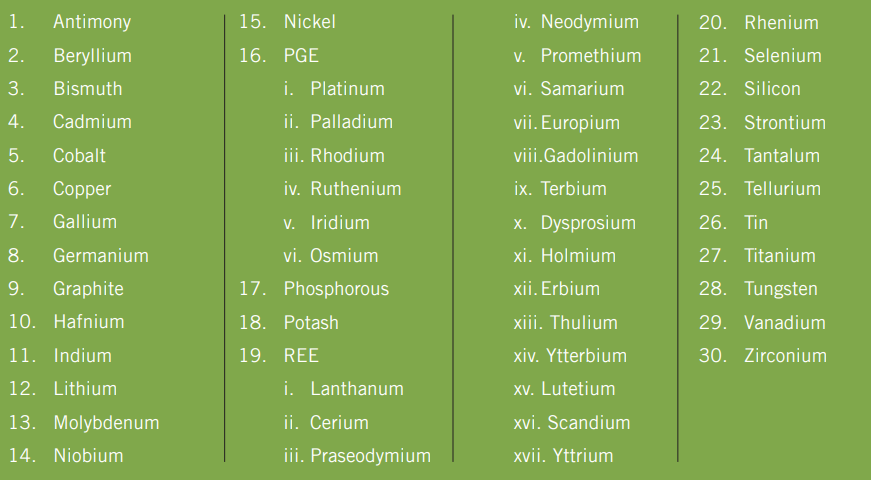
The global transition to clean energy is heavily dependent on these minerals.
Vital for National Security => These minerals are essential for manufacturing advanced defense equipment, including fighter jets, drones, and sophisticated electronics, making a secure supply chain a matter of national defense.
Concentrated Mining => A handful of countries control the extraction of key minerals.
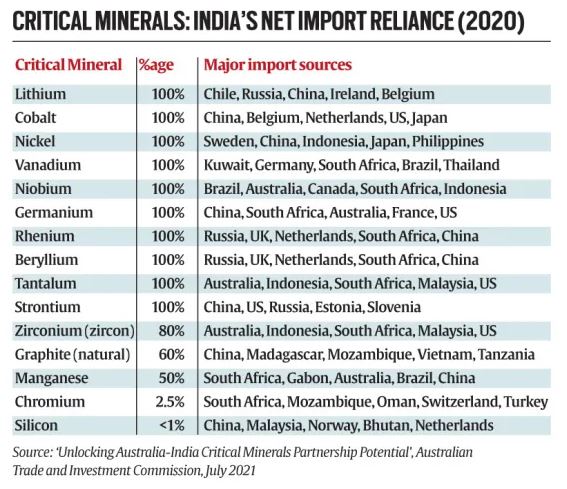 China's Dominance in Processing => China has established a near-monopoly, processing over 90% of the world's rare earths and two-thirds of other critical minerals like cobalt, lithium, and nickel.
China's Dominance in Processing => China has established a near-monopoly, processing over 90% of the world's rare earths and two-thirds of other critical minerals like cobalt, lithium, and nickel.
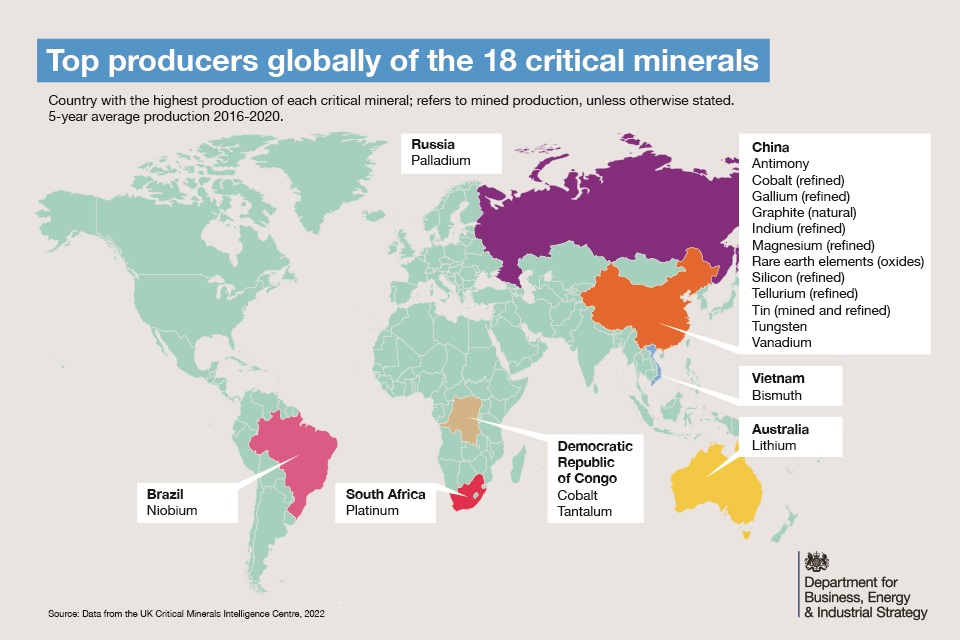 Geopolitical risks => Trade disputes, political instability, or the deliberate restriction of supplies can cripple industries in importing nations. China has previously used its control over rare earth exports as a tool of foreign policy.
Geopolitical risks => Trade disputes, political instability, or the deliberate restriction of supplies can cripple industries in importing nations. China has previously used its control over rare earth exports as a tool of foreign policy.
National Critical Minerals Mission (NCMM) => It aims to create a self-reliant and sustainable critical minerals ecosystem by 2030. Key objectives include boosting domestic production, acquiring overseas assets, promoting recycling, and building a strategic reserve.
Policy and Legislative Reforms
The Mines and Minerals (Development and Regulation) Act was amended in 2023 to allow for the auctioning of exploration and mining licenses for critical minerals to private sector companies.
The government is formulating a policy to encourage the recovery of critical minerals from the waste materials (tailings) of existing mines, turning waste into wealth.
Boosting Domestic Exploration => India's geology is promising, but the country remains one of the most under-explored territories in the world. The government is fast-tracking exploration projects to uncover domestic resources. Discovery of lithium reserves was made in Jammu and Kashmir in 2023, highlighting untapped potential in India.
International Cooperation
Khanij Bidesh India Ltd. (KABIL): This state-owned joint venture was formed to identify and acquire strategic mineral assets overseas. KABIL has recently signed agreements to explore for lithium in Argentina.
Minerals Security Partnership (MSP): India has joined the U.S.-led MSP, a coalition of 14 countries and the EU, to secure and diversify critical mineral supply chains.
Fast-Tracking Exploration and Production => Simplifying the approval processes for mining projects to move from discovery to production.
Investing in Technology => India must invest in advanced exploration, extraction, and processing technologies to ensure that mining is both economically viable and environmentally sustainable.
Developing a Skilled Workforce => Building a pipeline of skilled geologists, mining engineers, and metallurgists is essential for the long-term success of the critical minerals mission.
Securing critical minerals is essential for becoming a developed nation (Viksit Bharat) by 2047. By following a comprehensive strategy India can protect its economy from geopolitical shocks and build a truly self-reliant future.
Must Read Articles:
CRITICAL AND STRATEGIC MINERALS
Source:
|
PRACTICE QUESTION Q. Consider the following statements in the context of the Critical Minerals: 1. They are always rare and have limited natural occurrence. 2. They are essential for the production of renewable energy technologies. 3. Recycling critical minerals is not feasible due to their complex composition. 4. They are exclusively mined from deep-sea mining operations. How many of the above statements are incorrect? A) Only one B) Only two C) Only three D) All four Answer: C Explanation: Statement 1 is incorrect: The term "critical" does not necessarily mean the mineral is geologically rare. It refers to minerals that are essential to the economy and whose supply chains are at risk of disruption. This risk can stem from market concentration (where mining or processing is dominated by a single country), geopolitical instability, or other factors, not just natural scarcity. For example, a mineral might be relatively abundant, but if its processing is concentrated in one nation, it can be deemed "critical." Statement 2 is correct: Critical minerals are fundamental components for many clean energy technologies. For example, electric vehicles, wind turbines, and solar panels require vast amounts of minerals like lithium, cobalt, copper, and rare earth elements. Statement 3 is incorrect: While recycling can be complex, it is considered both feasible and essential. The International Energy Agency calls recycling "indispensable to the security and sustainability of critical minerals supply." Significant investments are being made globally to improve recycling technologies, and high recovery rates of over 90% are already possible for minerals like lithium and cobalt from batteries. Statement 4 is incorrect: The vast majority of critical minerals are currently extracted from conventional, land-based mines. For example, the Democratic Republic of Congo is the dominant producer of cobalt, Australia is a top producer of lithium, and China leads in graphite and rare earth elements. Deep-sea mining is a controversial and largely prospective future source, not the current exclusive method. |

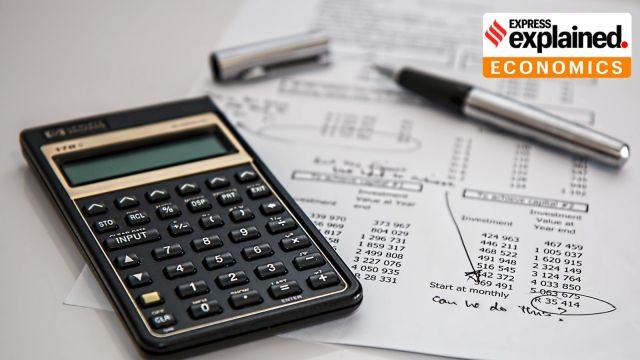
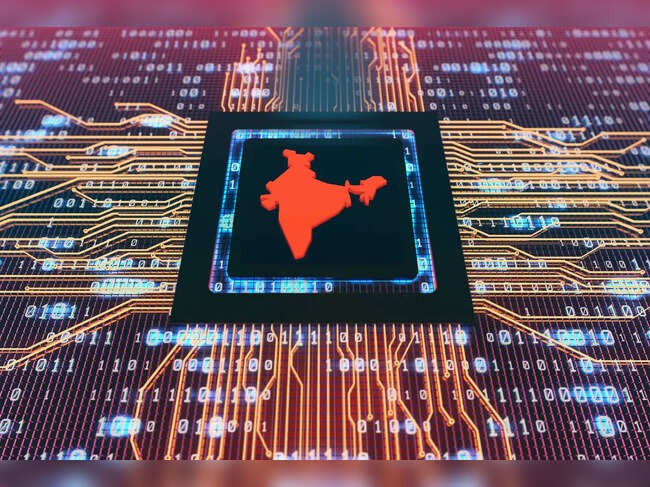

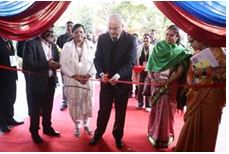
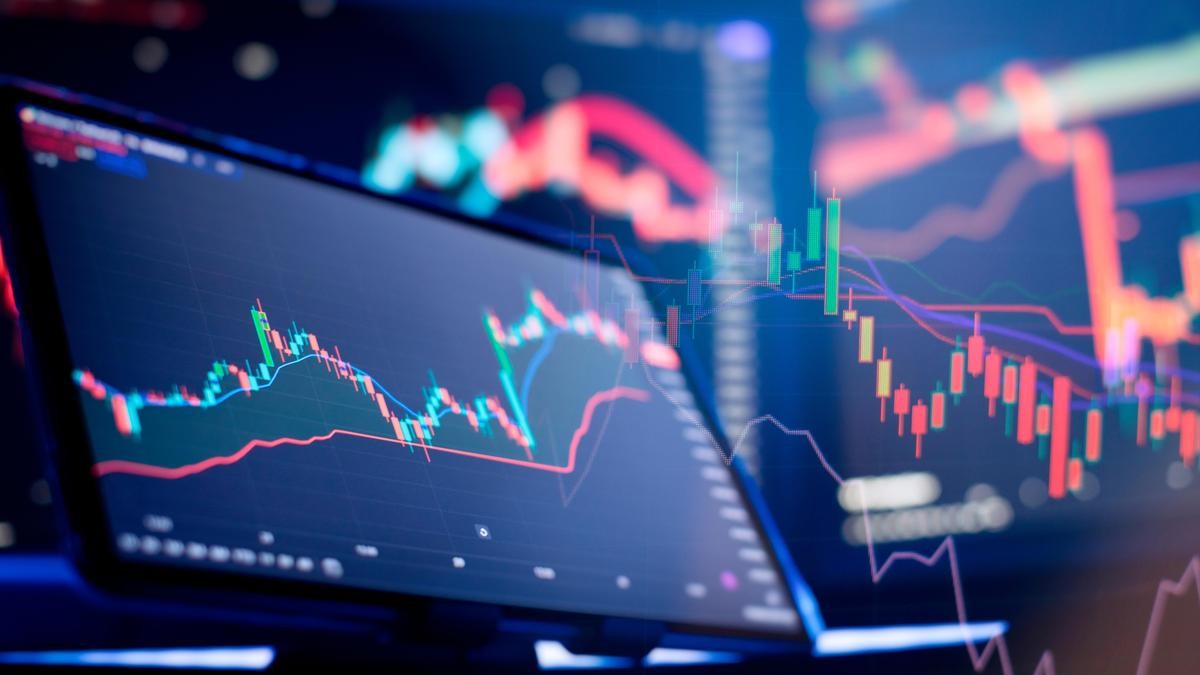


© 2025 iasgyan. All right reserved